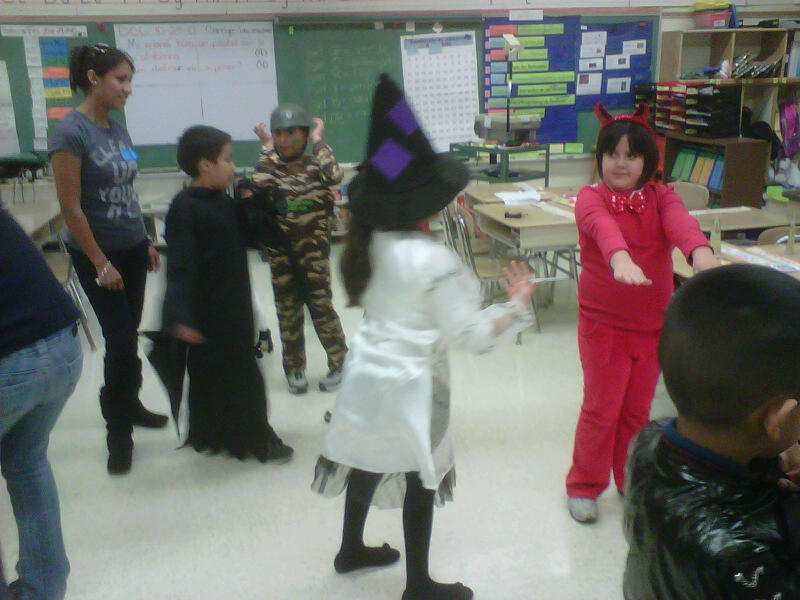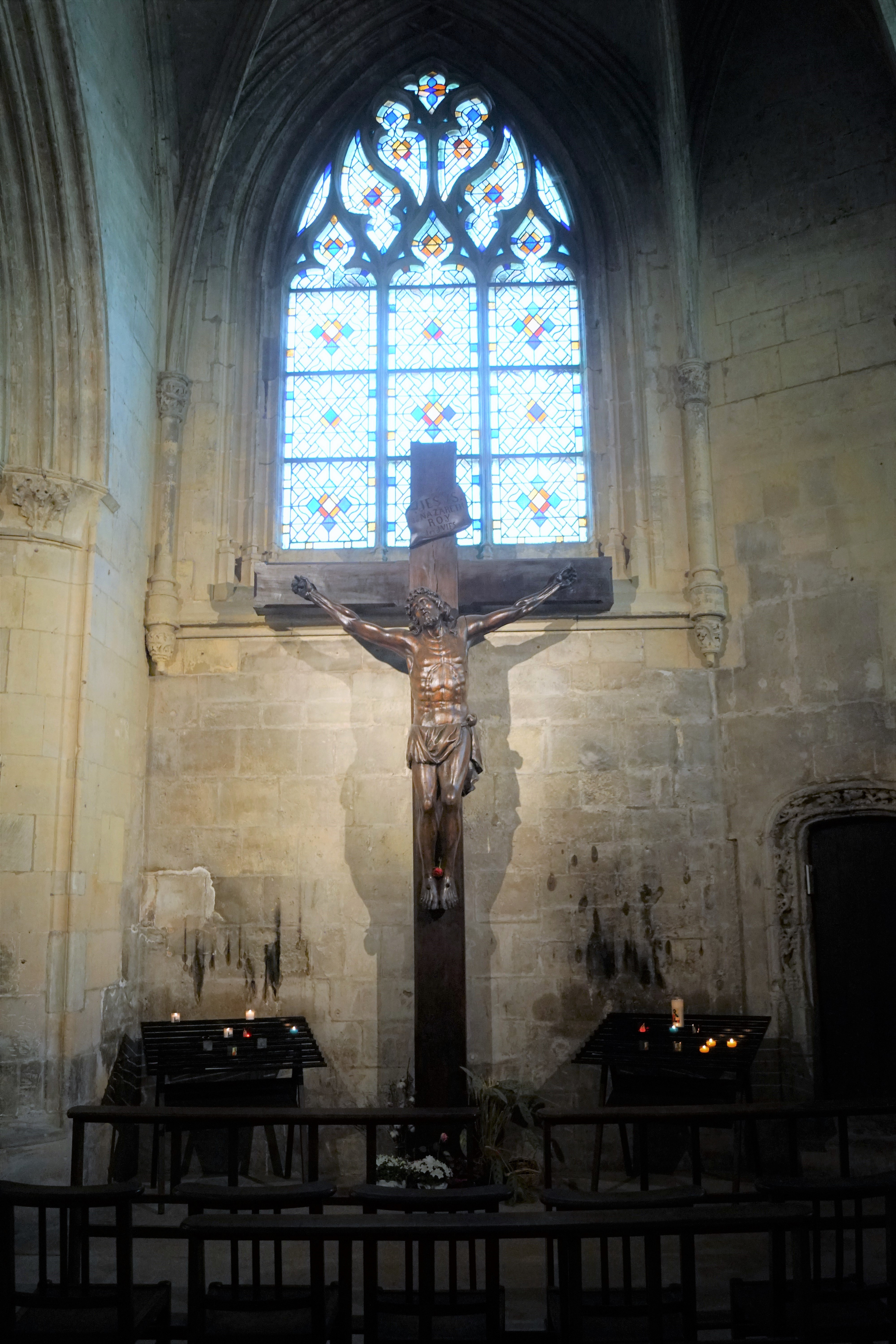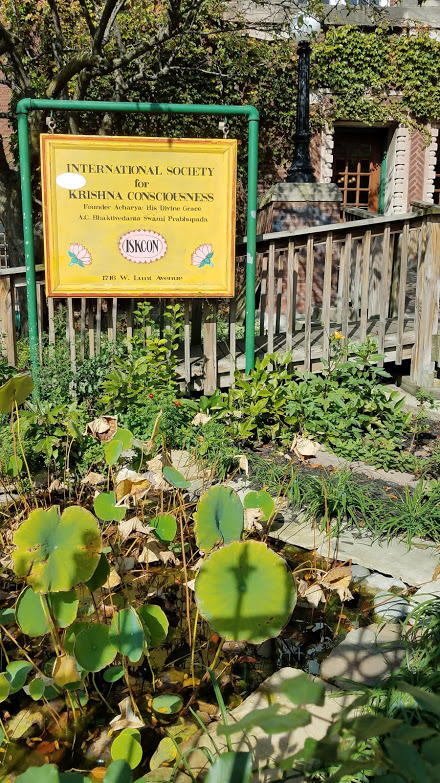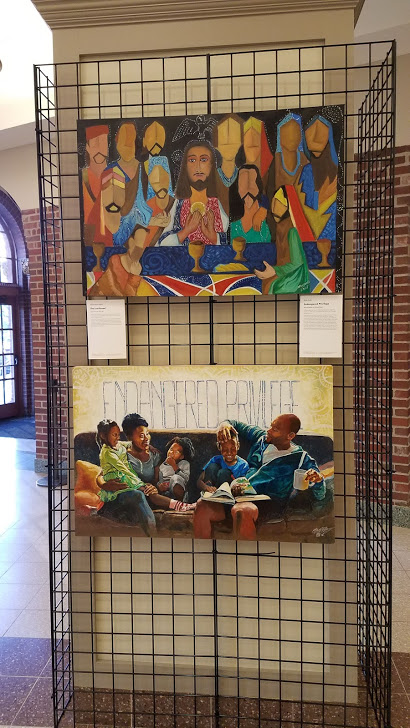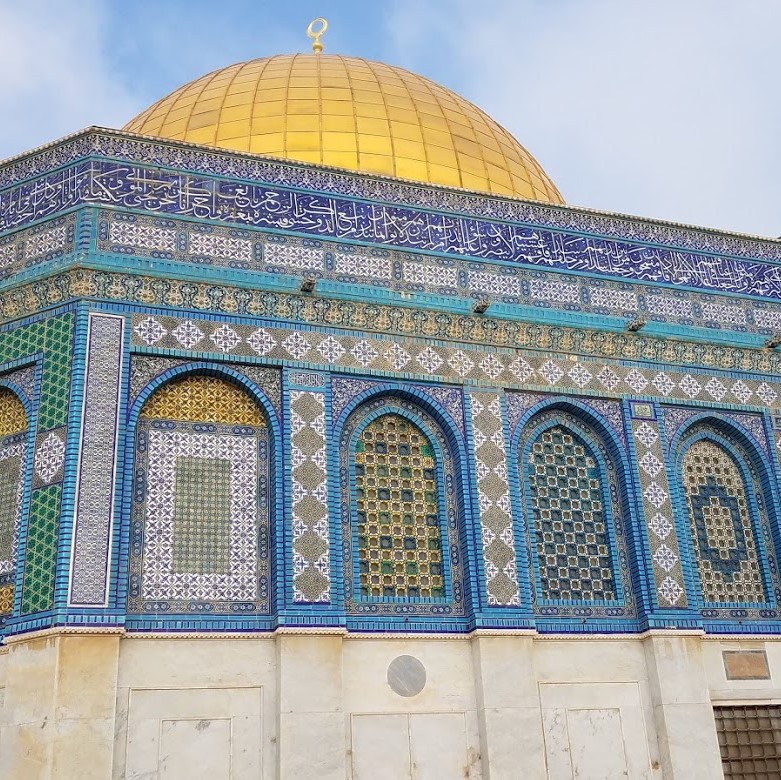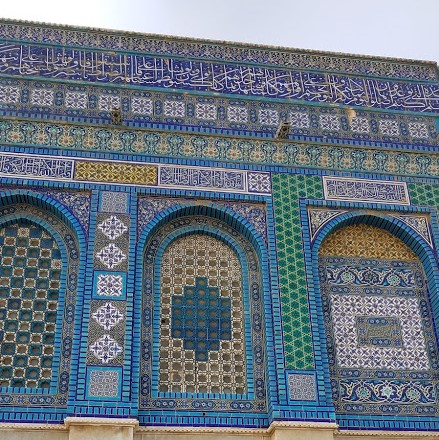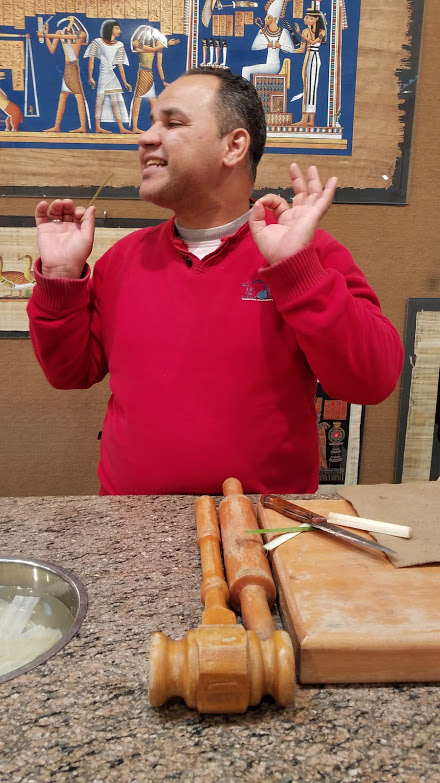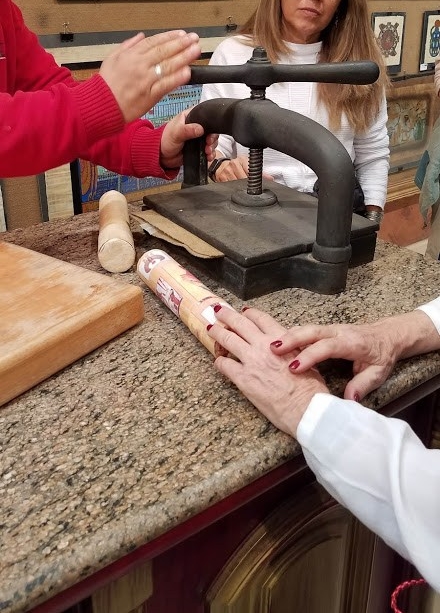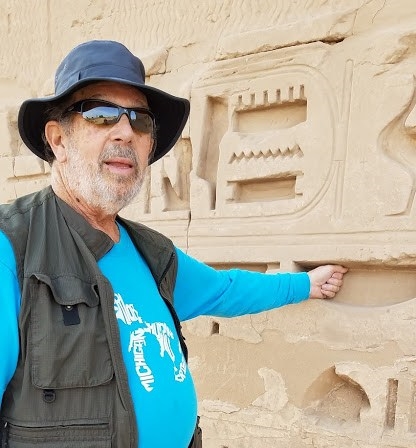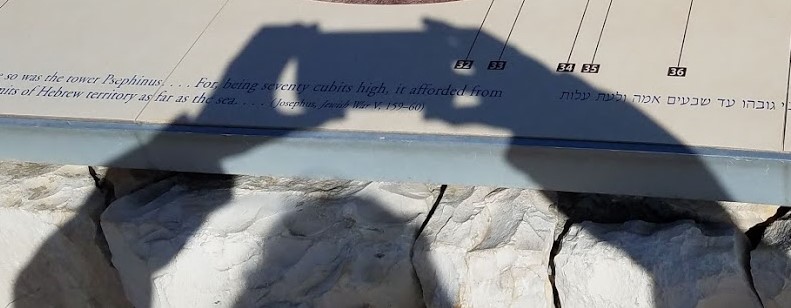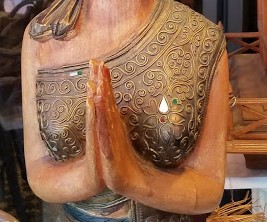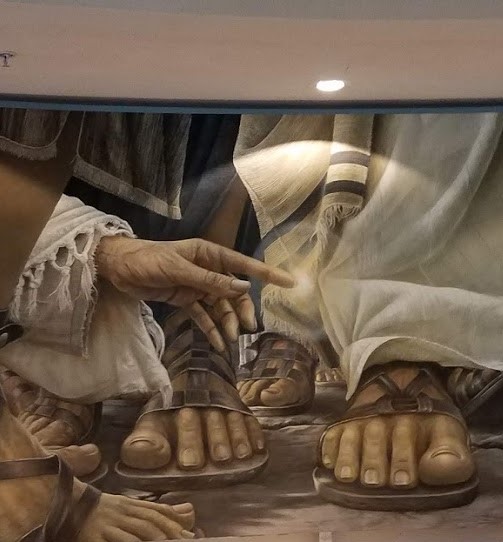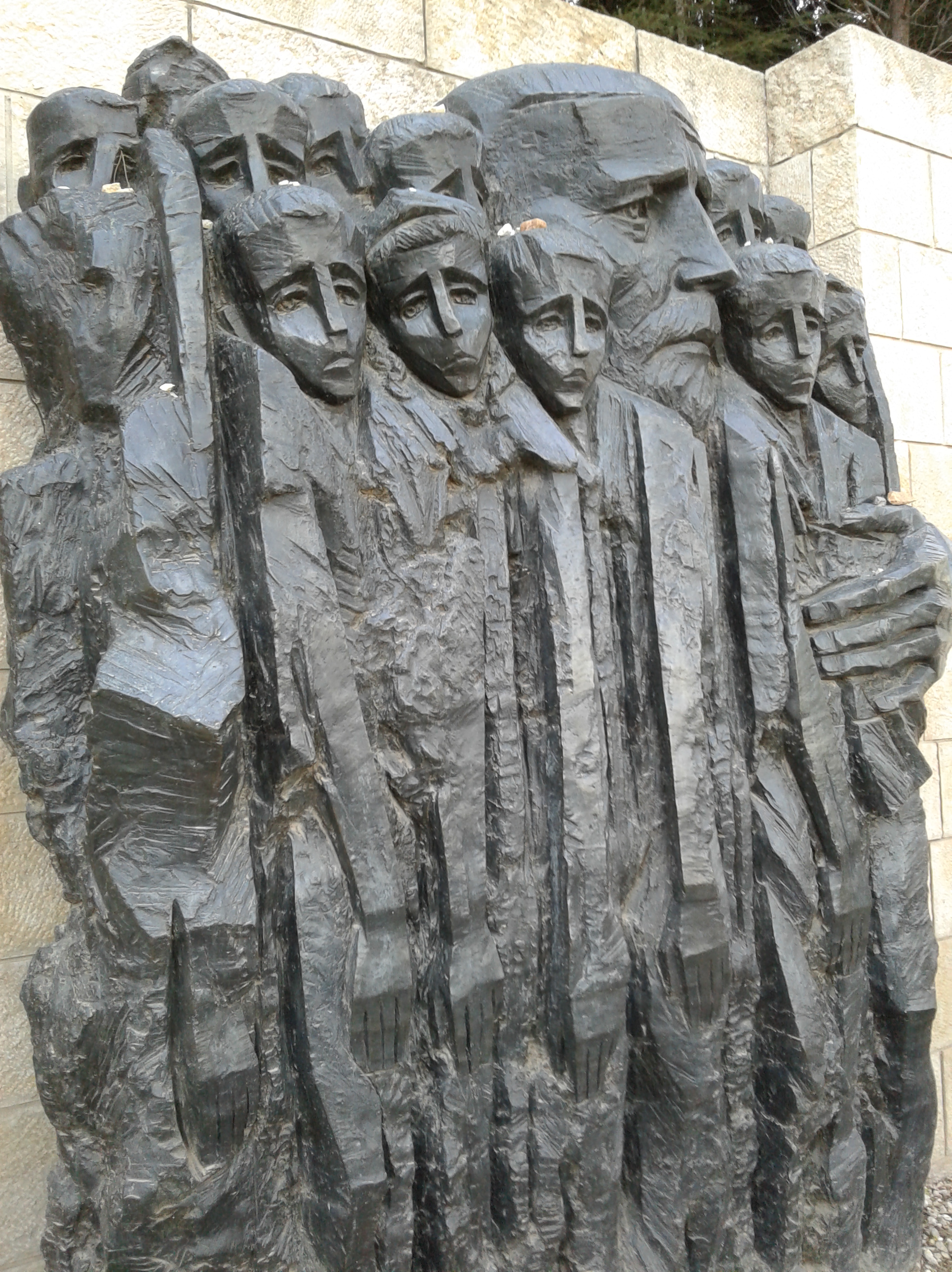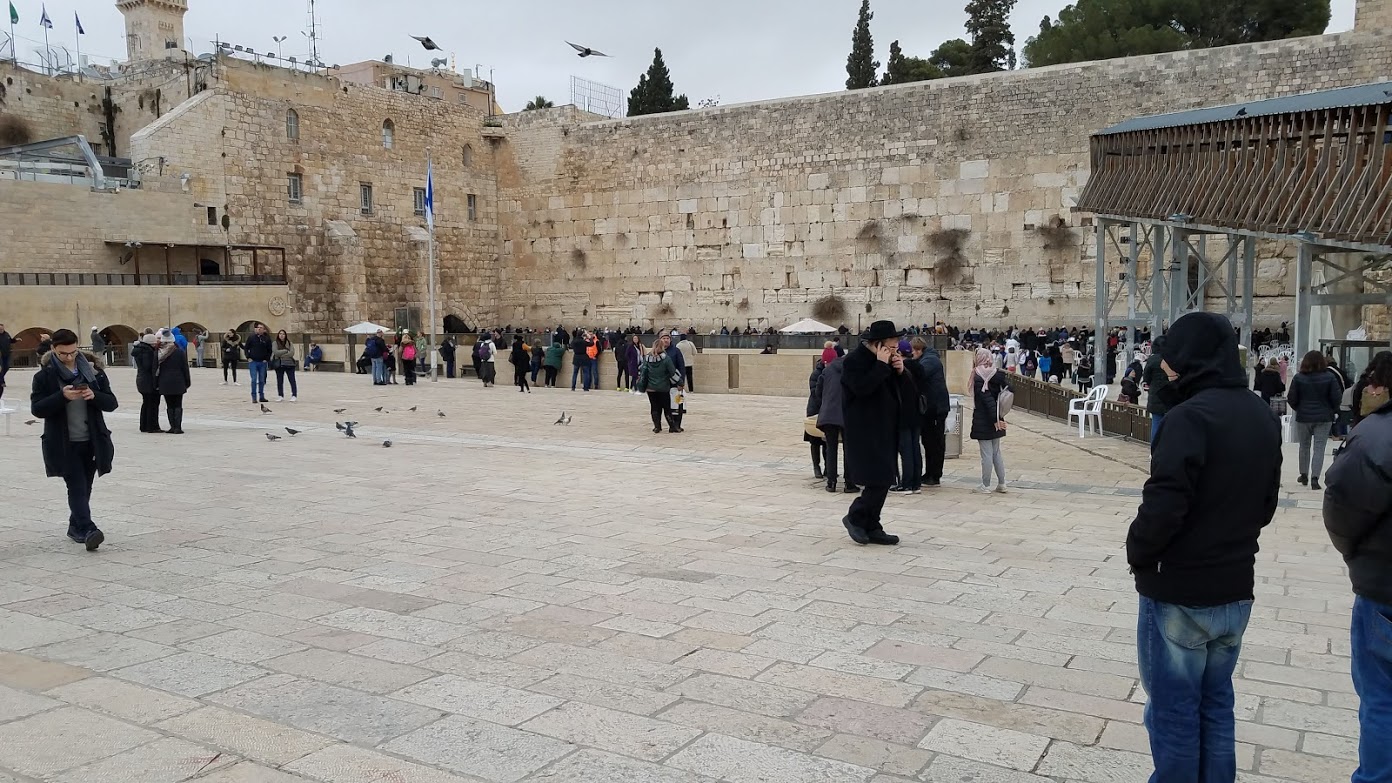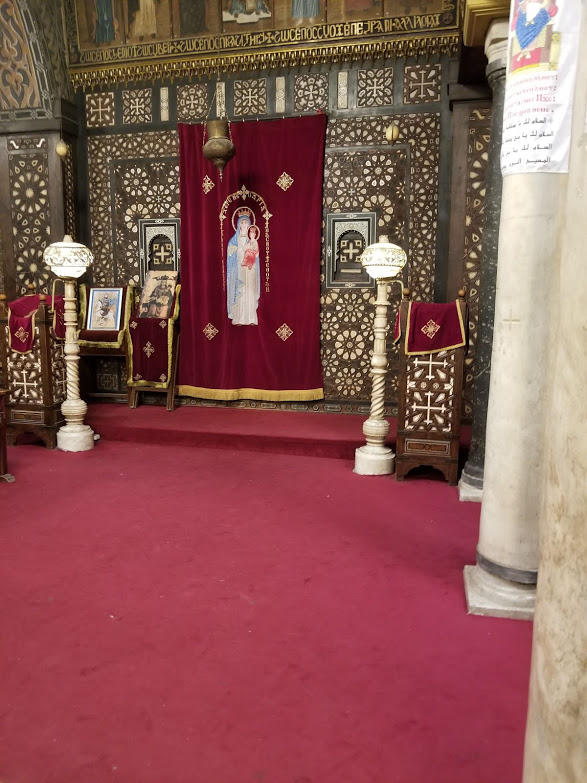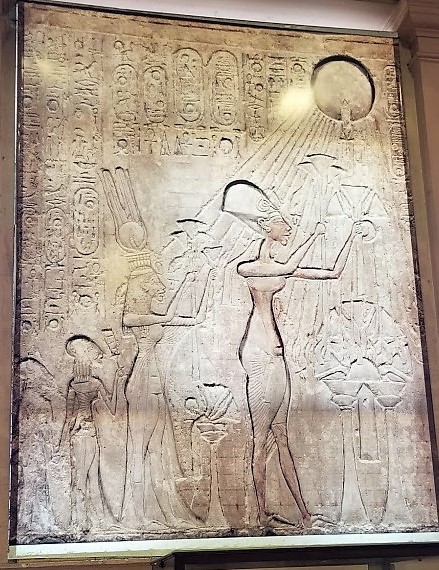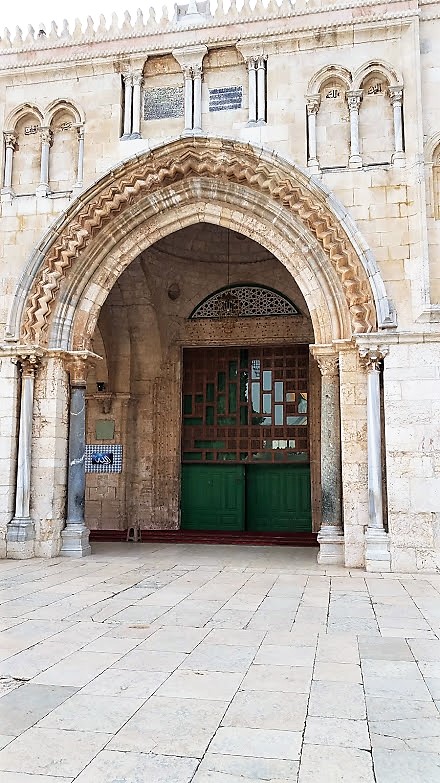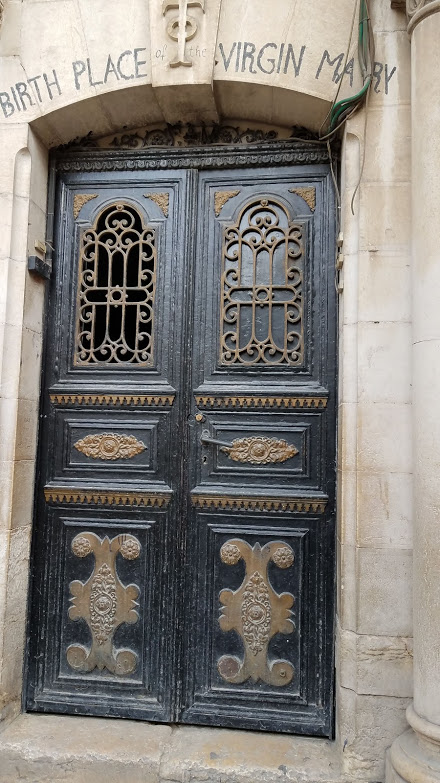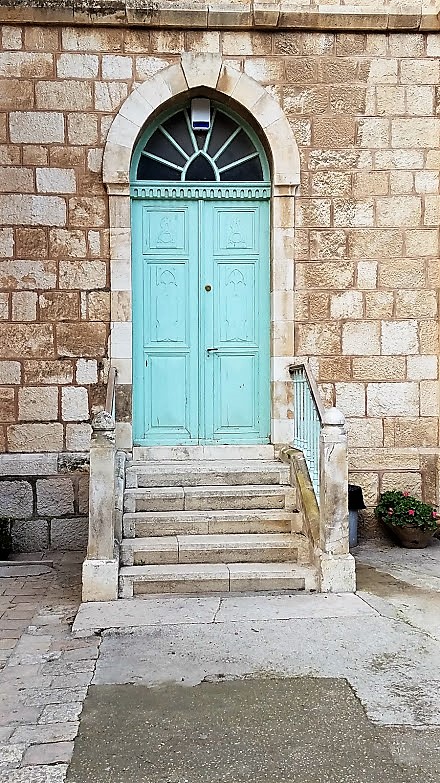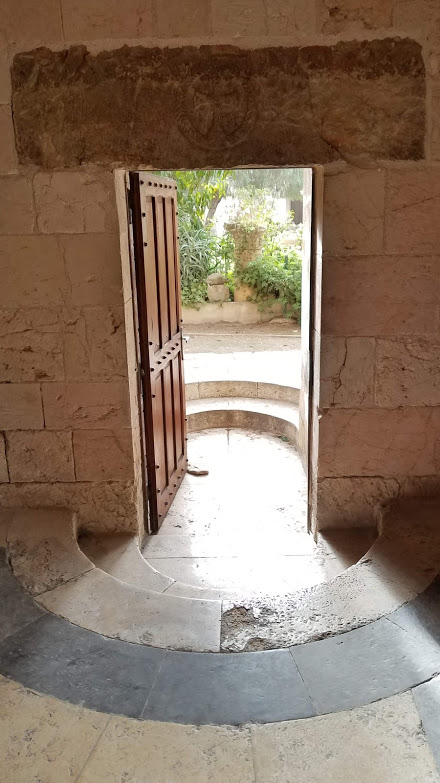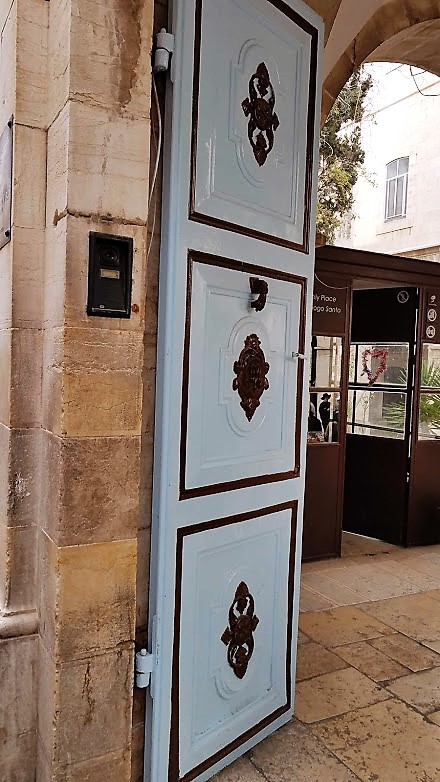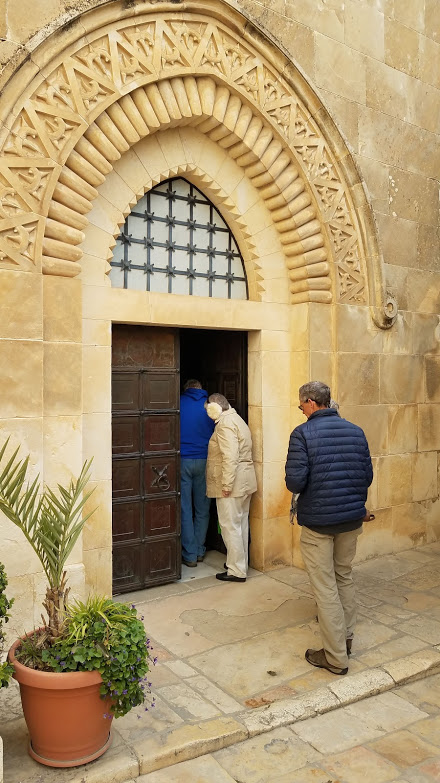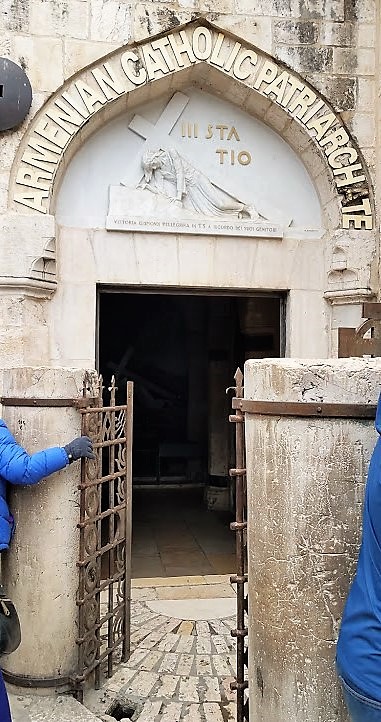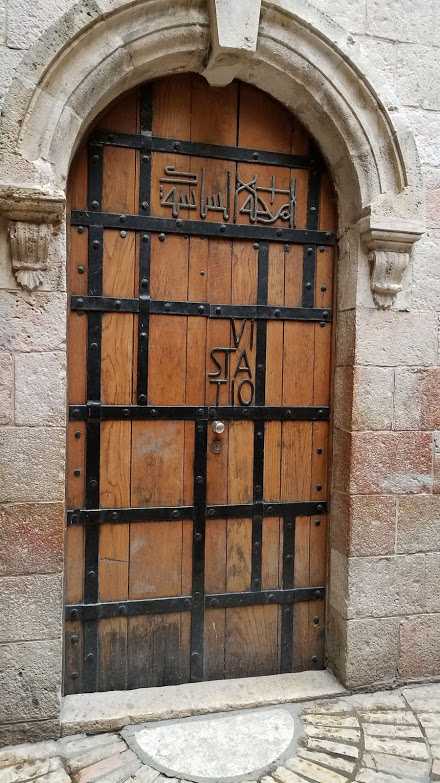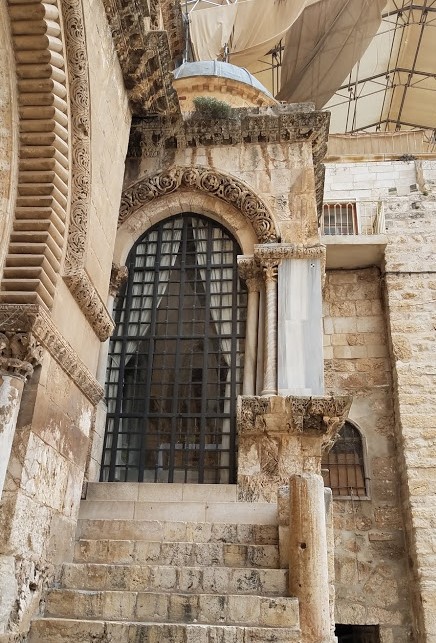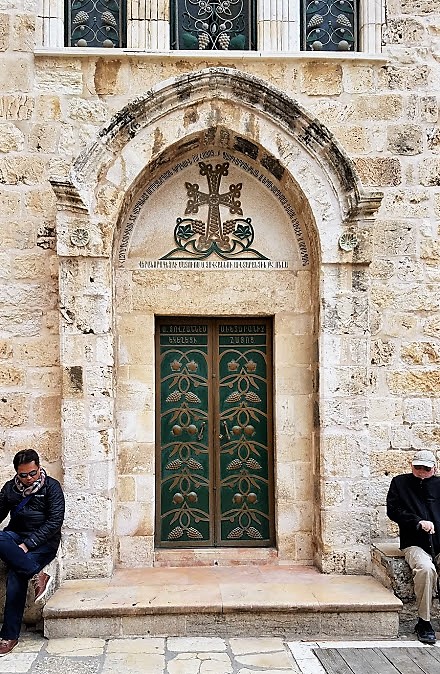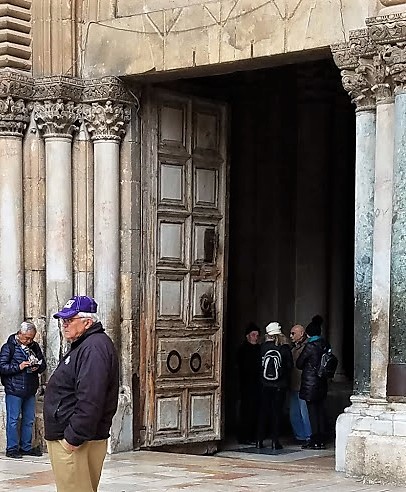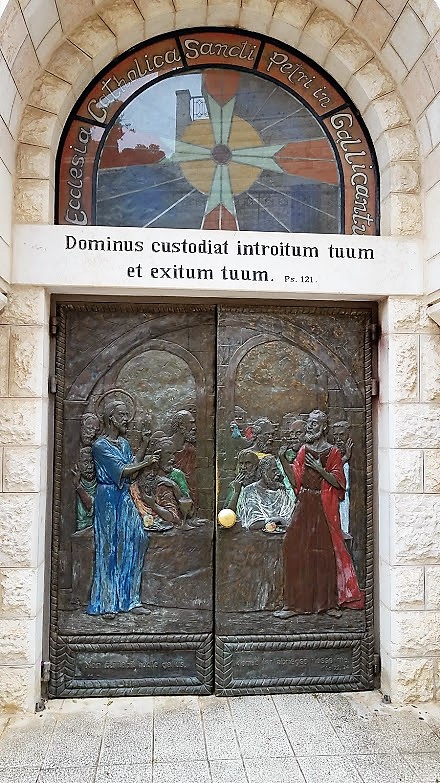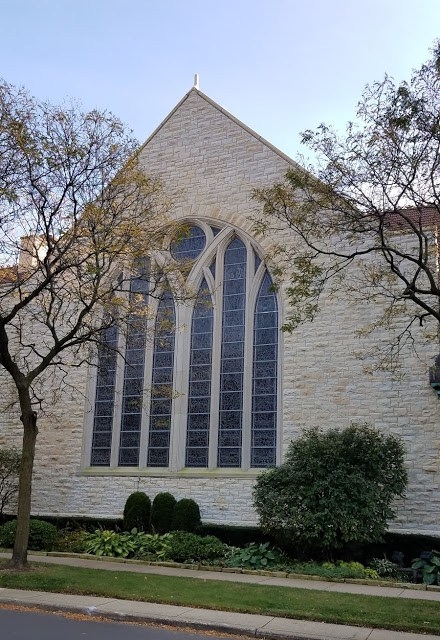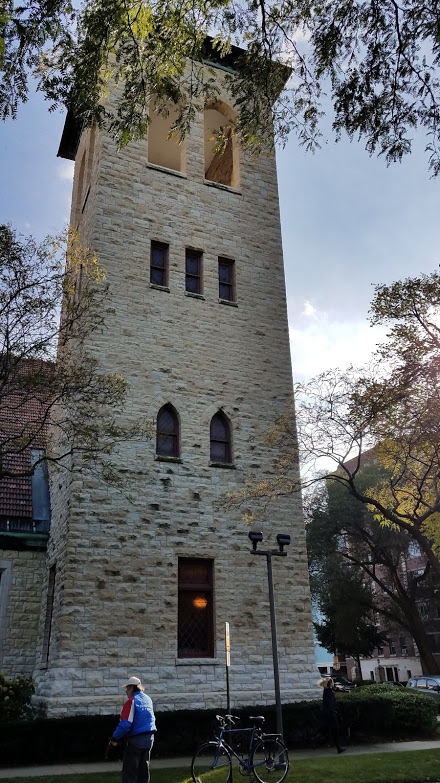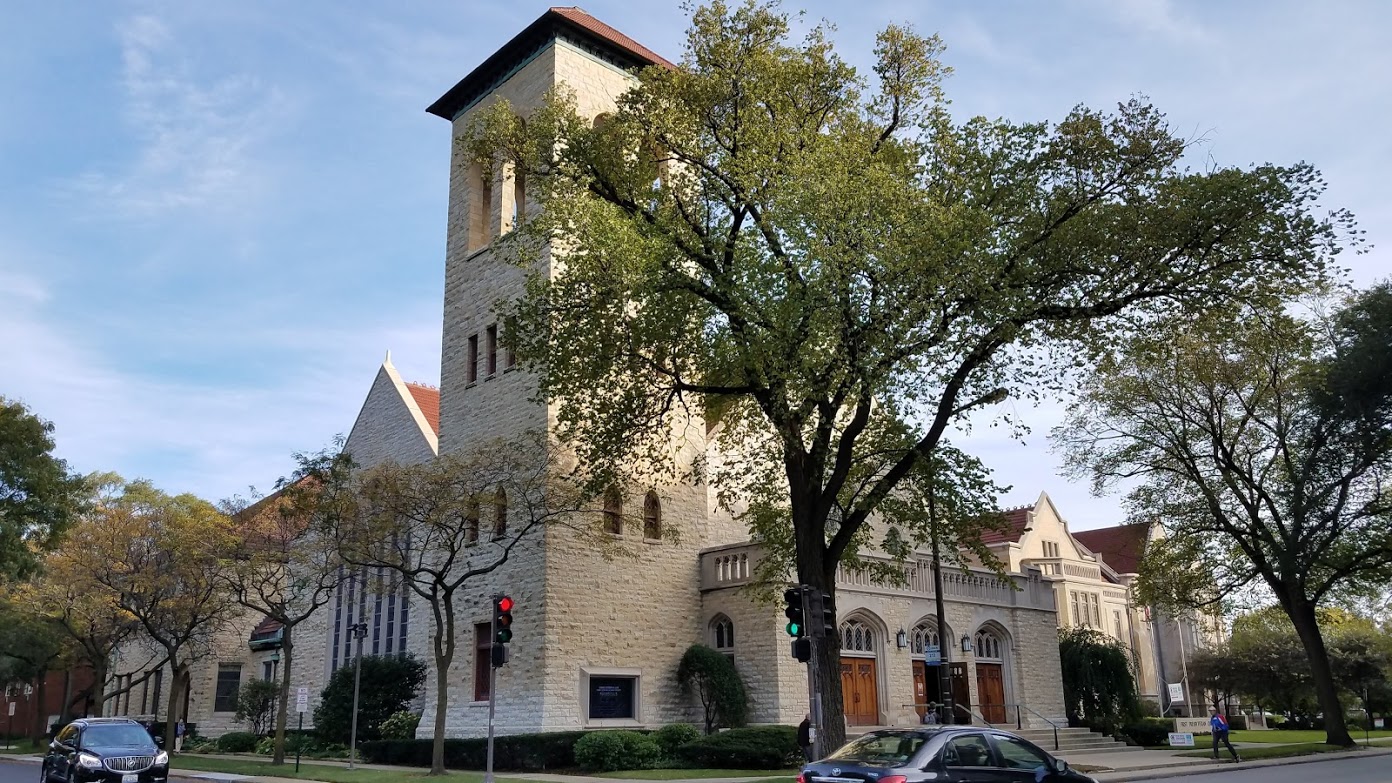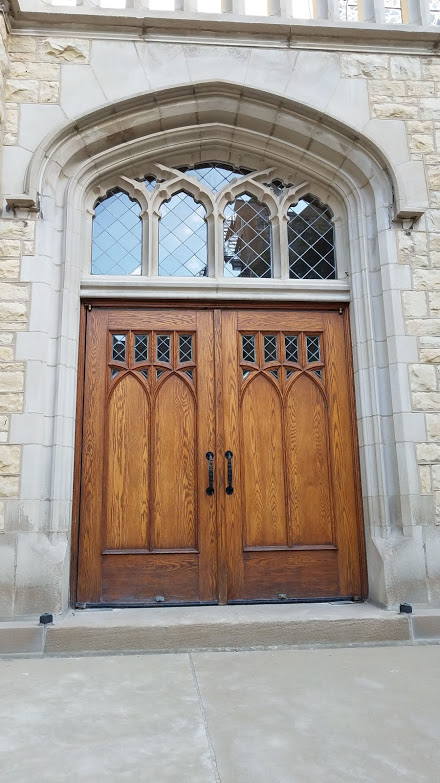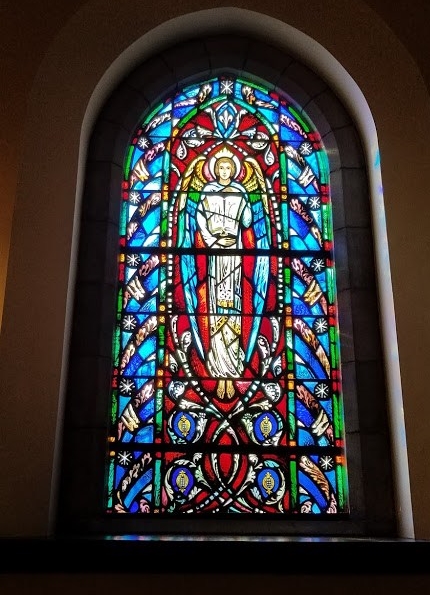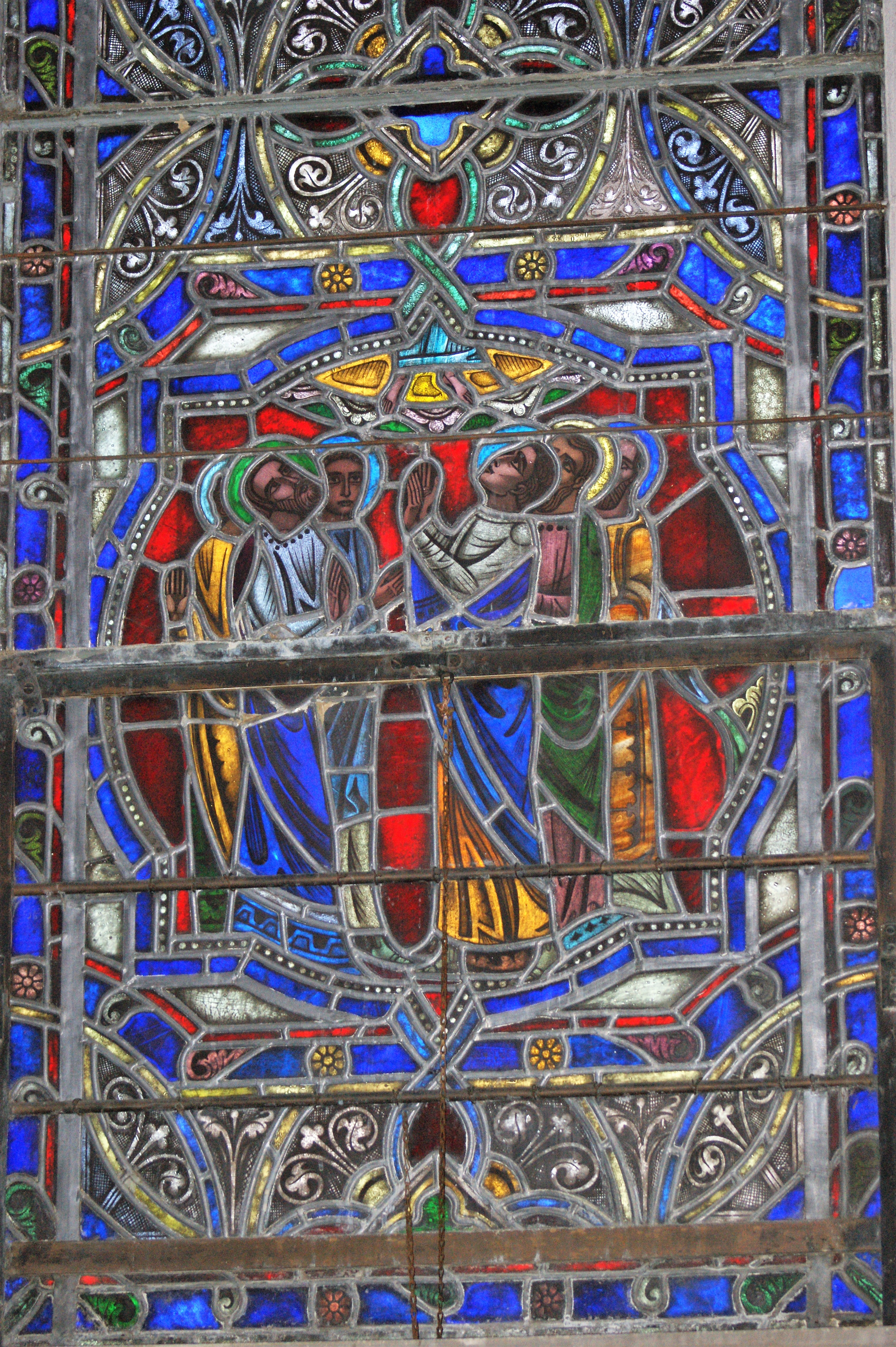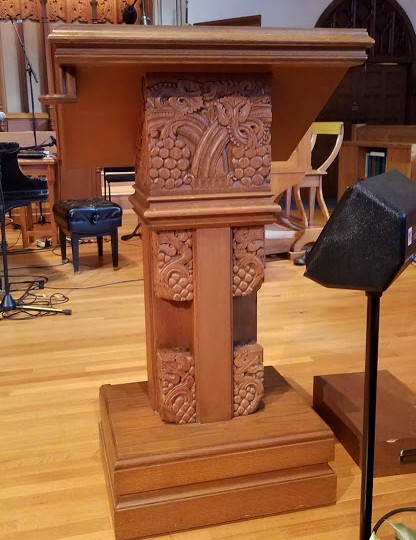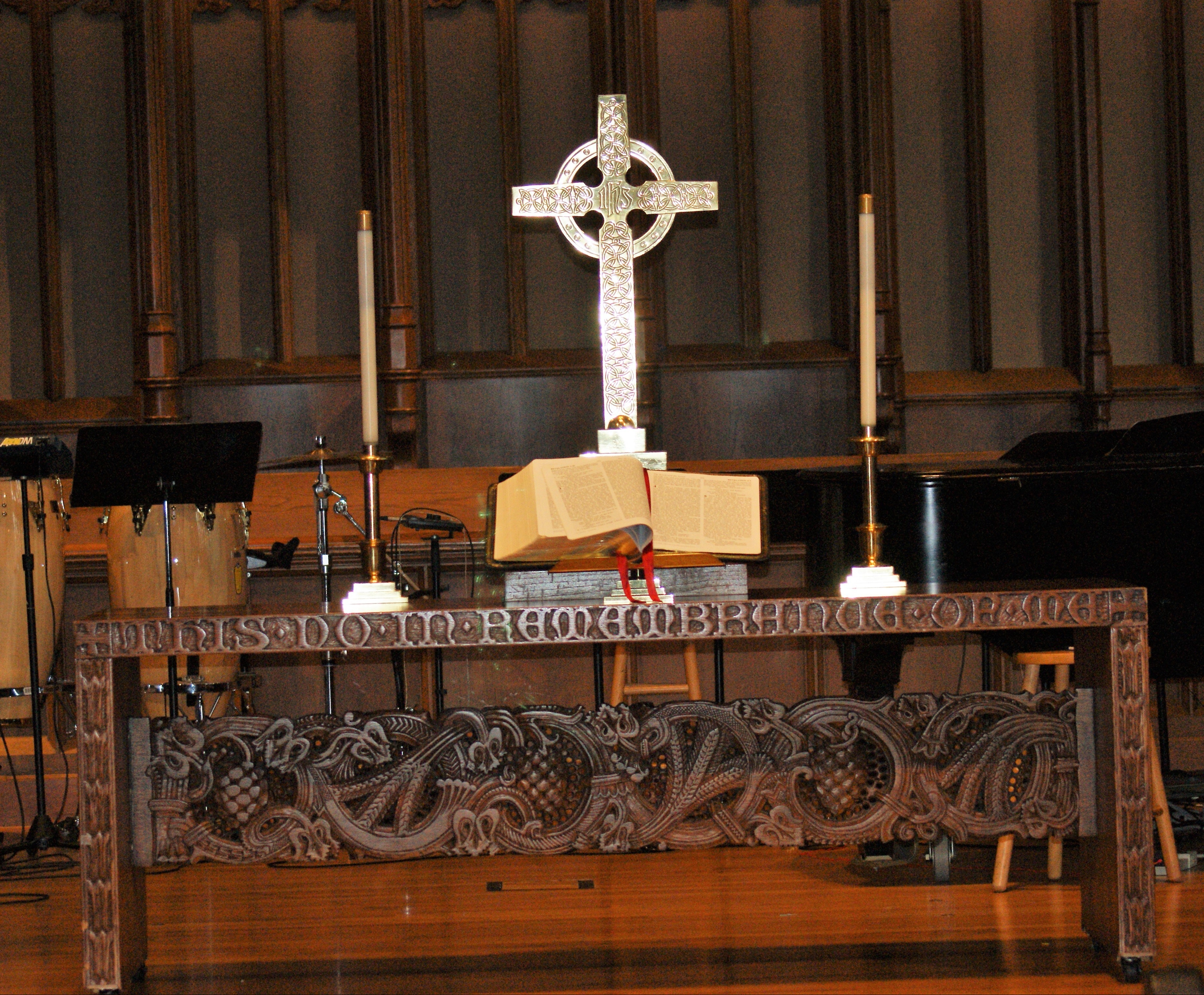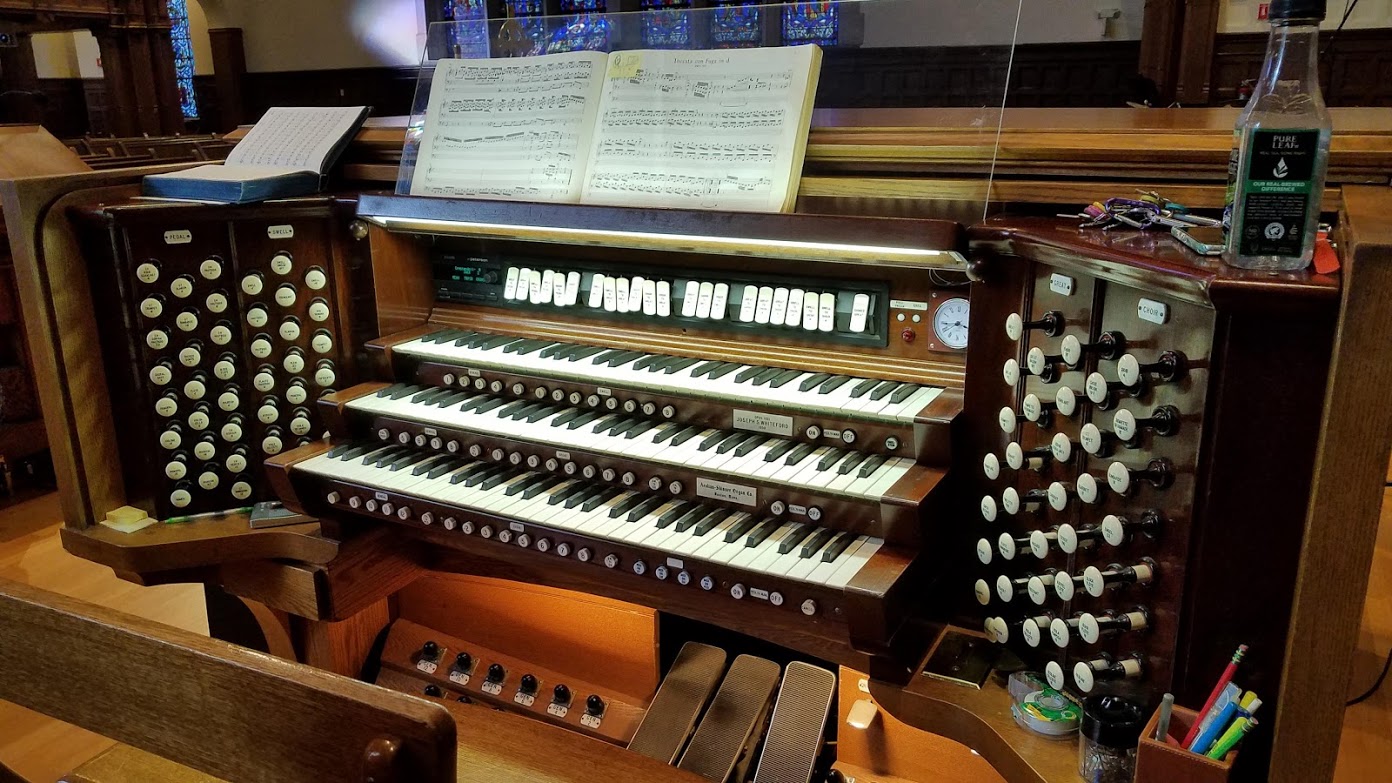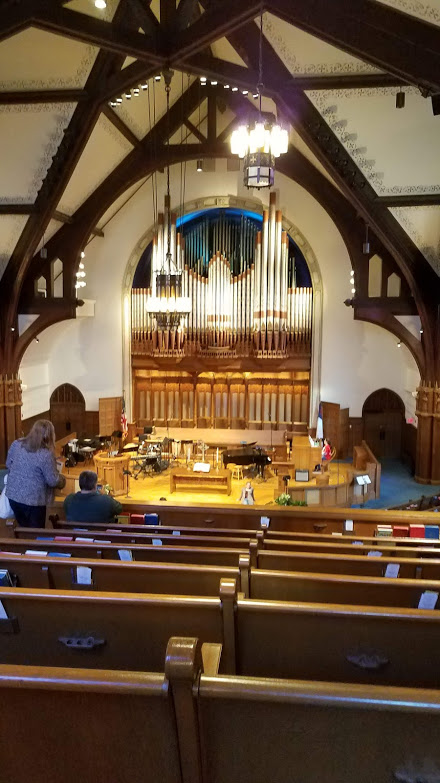Melanie has some interesting questions for this week’s Share Your World.

QUESTIONS
(Some just ‘off the cuff’ ones today)
How do you feel about sharing your computer or phone password with your partner?
I think it would be confusing having to switch back and forth, and also, my husband has visited web sites that I don’t want to have anything to do with. This kind of browsing leads to a lot of spam in his email accounts, and some of it really offensive to me. He is not doing this so much now, but sharing would also mean that I would sometimes want to use the computer when he is using it. I have a lot of projects, artwork, and writings on my computer that I want to have exclusive access to.
As for passwords, we do share those sometimes, or make slight alterations when we use the other’s passwords.
What is the greatest struggle you’ve overcome? (This isn’t meant to be invasive, just use general terms if you’d like. Or if not, feel free to pass on the question. That’s allowed too).
Living with ADHD – a lifelong struggle. BUT…My life has been pretty good and happy; the main struggles I had were in adulthood – parenting and teaching. I was smart enough to get through my school years by figuring out my own coping strategies; I had no idea that I had any sort of disability. But in adulthood, I realized there was something not normal about me compared to other people and eventually was diagnosed with ADHD. Parenting was a challenge: I had (have had – it’s still ongoing although it’s better now) a lot of problems with my son’s mental illness, which affected his education and his adult life and my inconsistency and difficulty in coping with his problems while living with ADHD (both mine and his). Teaching because it was much more challenging than I thought it would be. I was well into middle age when I got my teaching degree. When I was finally diagnosed with ADHD, it explained a lot of my struggles but didn’t really make them any better, except that I stopped being so hard on myself. Teaching with ADHD is a huge challenge – having ADHD affected my memory (especially short-term memory), my ability to be consistent, my penchant for losing (misplacing) things I really need at the moment I need them, maintaining order in my classroom, etc. A lot of colleagues would throw out a casual comment that they ‘must have ADD’ because they kept misplacing things – they had no idea what actually living with it was like every day.
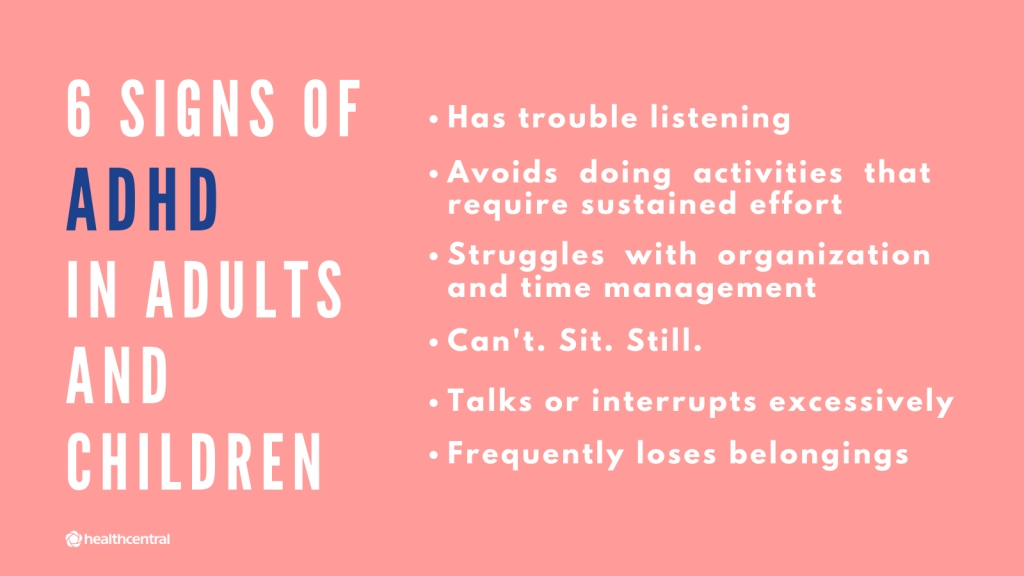
If heaven is real and you died tomorrow, do you think you would get in? Why or why not? (this is purely speculation, no bias if you don’t believe)
Yes, I’m pretty sure I would get into heaven (although I don’t believe in it as a physical place where one goes after death), because in spite of the things I have done wrong, maliciously or not, I am basically a caring and compassionate person. That said, to me the idea of ‘heaven’ is what remains in the memories of those who survive me. Do they remember me with fondness or animosity? I am pretty sure that my father went to ‘heaven’ because no one ever says a bad word about him. He was an exceptional man, a compassionate person, and a great dad. And conversely, those who go to ‘hell’ are those truly evil individuals that people and history have judged harshly – Hitler and Stalin come to mind.
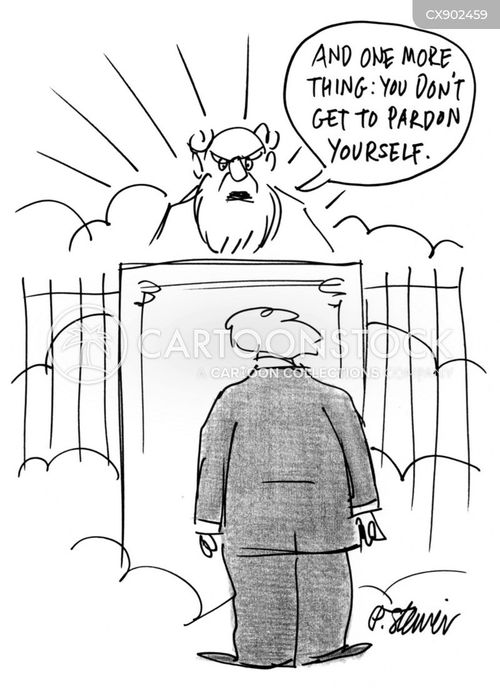
What makes you feel like you really need to be alone?
When I need to get things done that no one can or should help me with. For example, if I am working on a photo book of our trip to France, I need to have a large block of time undisturbed. Sometimes I get so busy with activities and other commitments like volunteer work, exercising, or housework, that the days fly by and I never have the time I crave to work on my computer projects (blog, photo books, writing, transcribing letters, working on photos, etc.) or to finish a book I don’t seem able to make progress on.
GRATITUDE SECTION (as always, optional)
Do you have any traditions around this time of year?
Not anymore. I used to always stay home on Halloween to greet the little goblins and superheroes that came trick-or-treating, and to give out treats equally to all. I sometimes would put on my witchy costume and get into character. I didn’t like to be out on Halloween because sometimes older kids would vandalize houses where no one was home, or steal Halloween decorations from my front porch. Now that I live in a senior community, there are no trick-or-treaters, although the last couple of years we spent in our house before moving here, the trick-or-treaters had really diminished in number. Sign of the times, I guess.
Since I am retired, I don’t get into the spirit of Halloween anymore, because I’m not seeing the excited faces of the children in my classroom and I no longer participate in the fun activities we used to have at school with the kids. In fact, Halloween and Day of the Dead are the only time of year that I miss teaching.
